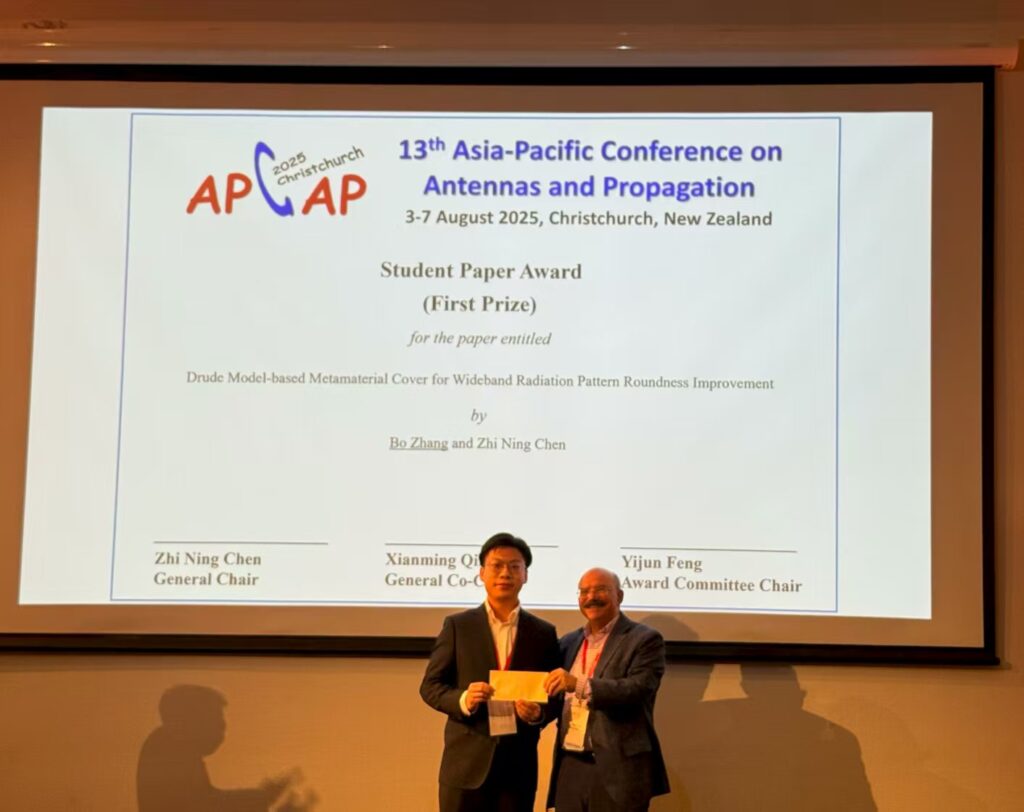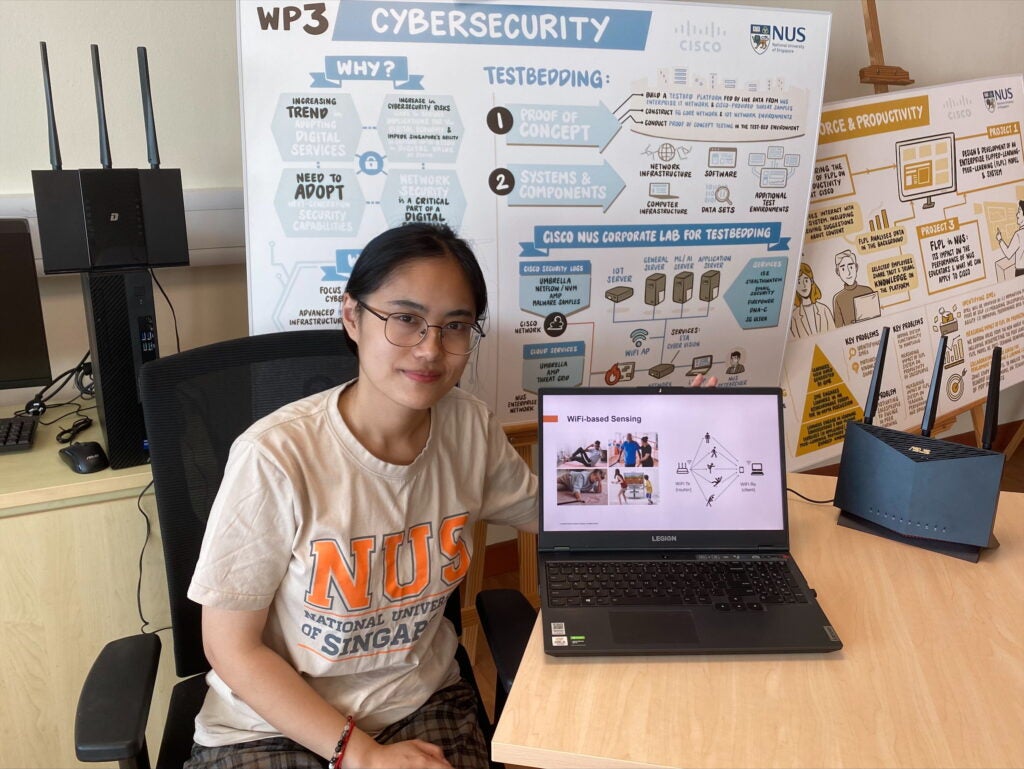
A joint team from Dr Jiashi Feng‘s Learning and Vision Lab in ECE Department at NUS, Dr Gabriel Kreiman’s Lab at Boston Children’s Hospital and Harvard Medical School, and Visual Computing lab at I2R, A*STAR, addresses the process of how humans uses selectivity (the ability to distinguish a target object from distractors), invariance (finding a target irrespective of changes in appearance such as angle or rotation), efficiency (rapid search, avoiding exhaustive exploration) and generalization (no training required) to achieve this feat of visual search quickly and invariantly and how they used this biological process to inspire their computational model in the recent paper “Finding any Waldo with zero-shot invariant and efficient visual search”, published on the Sept. 13, 2018 in Nature Communications.
The paper features two findings,
(1) Using selectivity (the ability to distinguish a target object from distractors), invariance (finding a target irrespective of changes in appearance such as angle or rotation), efficiency (rapid search, avoiding exhaustive exploration) and generalization (no training required), humans are able to find the target.
(2) Different from object detection algorithms, which require intensive training data in computer vision, a simple zero-shot biologically plausible computational model for invariant visual search is feasible, that provides a first order approximation to human visual search behavior.
This work was done with in collaboration with several research groups and institutes and supported by the NSF funded Center for Brains, Minds and Machines, NIH and A*STAR.





